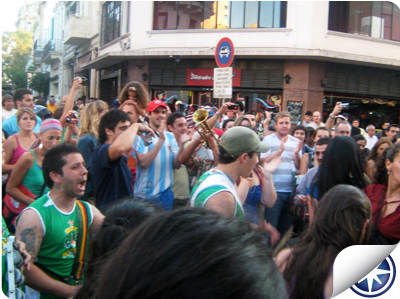The official language is Spanish, or Castellano for the Argentineans. Both names are valid and synonymous.The Porteño dialect (a Porteño is someone from Buenos Aires City and literally means "person from the port") long ago adapted some words from the Italian and Spanish immigrants.This developed into a slang called Lunfardo which is very common in Tango lyrics. The most noticeable difference in the Argentinian Spanish is the use of "vos" instead of "tu" or "usted." Also, the interjection "Che" is widely used to call others attention, like the English exclamation "hey," and also can mean dude, man or brother.
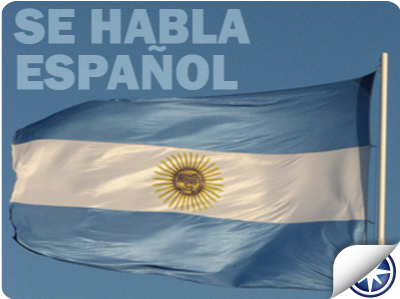
Argentina experiences all four seasons, though at the opposite times of year as in the Northern Hemisphere. Winter officially begins on June 21 and goes until September 20, with an average temperature of 46 F (8°C). July is the coldest month. Summer officially begins on December 21 and ends on March 20, with an average temperature of 76 F (23°C). Between January and February the temperature has been known to reach 110 F (40°C), though this is rare. The humidity level varies between 75% and 90%, and while there is no specific rainy season, rains are more frequent during the spring and autumn months. For further information visit Buenos Aires weather forecast and conditions.
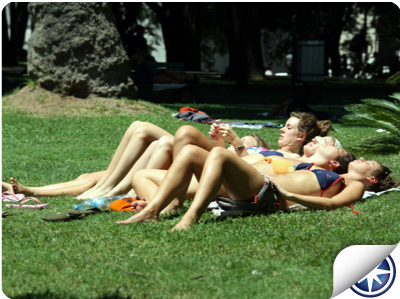
Buenos Aires time corresponds to GMT -3. During the winter, the sun sets around the 17:00 hour (5:00 pm), while during summer it doesn´t occur until 21:00 (9:00 pm). Throughout the year, the city activities extend until very late at night. For further information visit Current local time in Buenos Aires.
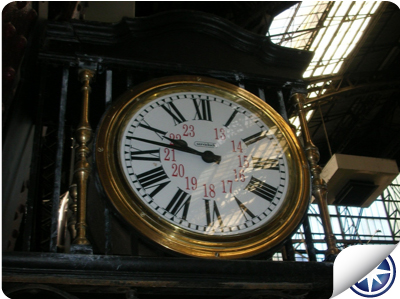
Businesses and call centers in Buenos Aires normally attend to clients Monday to Friday, from 9:00 to 18:00 (6:00 pm). Usually, retail stores are open all day long until 20:00 and many of them stay open Saturdays and Sundays. Tourist attractions and activities are available seven days a week, though holidays are usually pretty quiet days with some open activities available. For further information visit Public holidays in Argentina.
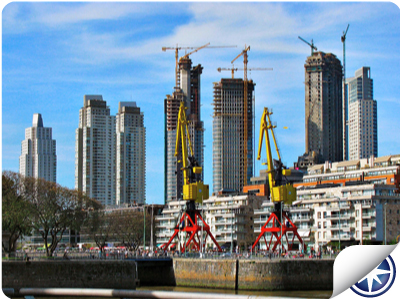
The official religion of Argentina is the Roman Catholic Church. Nevertheless, Argentina recognizes the freedom of religion, and you can easily find Synagogues, Mosques and most other places of worship of different creeds.
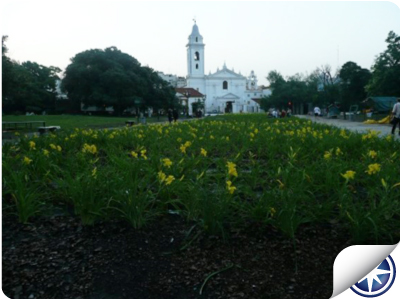
"Casas de Cambio" are normally open from Monday to Friday from 10:00 to 15:00 (3:00 pm), but at Ezeiza International Airport you will find a 24 hours exchange currency service at Banco Nacion, Terminal A. ATMs are available 24/7 and the most common services are Banelco and Link.
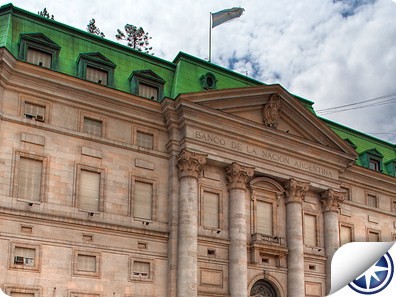
The local currency Argentine Peso ARS ($). Bank notes denominations are $100, $50, $20 $10, $5 or $2 and cent coins come in $0.50, $0.25, $0.10 and $0.5. The official exchange rate is around ARS$ 4 for USD$1 or ARS$5.2 for 1€. To exchange money to pesos, you must present your passport. Some stores in tourist areas also accept payments in dollars, and some of them offer a 10% discount for paying in cash.

The Vat in Argentina is 21%. When making purchases in stores with the designation "Tax Free," you can request a tax refund in the airport by filling out a form and presenting the receipts or invoices. International flights have a departure tax of USD$18, payable in pesos or American dollars at the tax section just after check in.
Argentina´s international airport is officially called Ezeiza Ministro Pistarini (EZE) and is located in the metropolitan area, 22 miles (35 km) from Buenos Aires City, on the southwest side. There is a shuttle service that offers transfers to the city center, but it is more common to use taxis or chauffeured cars (remises) at standardized rates (the remise service cost is about ARS $120 to the airport). Public buses are cheaper but can take up to 2 hours to get to the city center. There is also the Jorge Newberry Airpark (AEP) at the northeast of Buenos Aires city, only 15 minutes from the downtown, which operates domestic flights and international flights to neighboring countries. Transfers from international flights to local destinations often require moving from one airport to another. If you plan on doing this, take into account that you are going to need at least one hour to travel from Ezeiza to the Airpark.
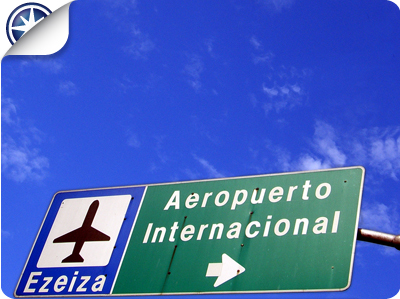
Getting around in Buenos Aires is pretty simple using public transportation due to its long and grid-patternec streets. Taxis are cheap compared to other capitals around the world. The taxis meters start at ARS$5.80 and increases 0,58 cents every 200 meters. If you are going out late at night, it is always better to order a taxi service. Most of public buses lines, or "colectivos," operate 24/7 and travel in them is pretty secure and comfortable. Tickets are paid ONLY with coins and fares depend of the length of your trip, but inside the urban area price is usually around AR$1.10. Once you get in you must tell to the bus driver your destination and he will mark the amount to pay into a ticket machine. You will have to insert the coins and get back a receipt that you should keep until you get off of the bus. If you plan to stay longer, the Guia T is a very useful and common pocket guide that will show you all the routes
and streets in the city. For further information visit Buenos Aires bus lines map. Buenos Aires City also has a subway service called "Subte" (shortening of subterráneo), which is very reliable and secure. It consists of 6 underground lines named from A to H that connect the rest of city with the downtown (Microcentro). The Subte is definitely the fastest way to move around the city and its routes cover almost all the tourist attractions in the Capital. The subway system in Buenos Aires runs Monday to Friday from 6:00 to 22:00, and Saturdays, Sundays and Holidays from 6:00 to 20:00. One ride costs ARS$1.10. For further information visit Buenos Aires subway map.
There is also an interurban train service that connects Buenos Aires city with the metropolitan area and some other cities of the province. This is not as popular for long distances because the buses are more reliable, comfortable and faster than the train. The railway stations and the subway are connected with the Central Bus Station Terminal Retiro, the main place to buy bus tickets to other destinations in Argentina and neighboring countries, as well as the place for departures and arrivals when you are traveling by bus. There is also available transportation to Uruguay by boat, located across the Rio de la Plata.
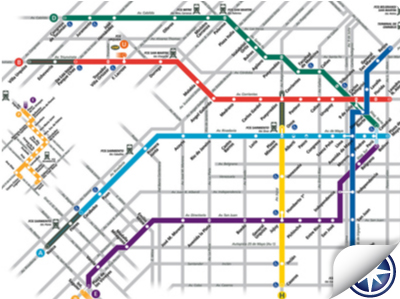
Public phones are all around the city and operate with peso cents. You will find communication centers all over the city (Locutorios) with internet access and phones to national and international calls at a better rate. There is a wide range of international phone cards as well-- just make sure that the one you choose is available also for cell phones abroad in case you will need to call one.
Argentina country code is + 54, Buenos Aires area code is 11 and mobile phones prefix is usually 15. Mobile phones in Argentina usually need the area code as well, so if you are trying to call to a mobile in Buenos Aires from other place inside Argentina you should dial the Buenos Aires code before the mobile number (11 + 15...); but, if you are trying to call to a mobile phone in Buenos Aires from abroad you should dial 54 + 9 + 11 + the mobile number without the 15 prefix. If you are calling abroad from a Locutorio, be sure you dial +00 before the country code.
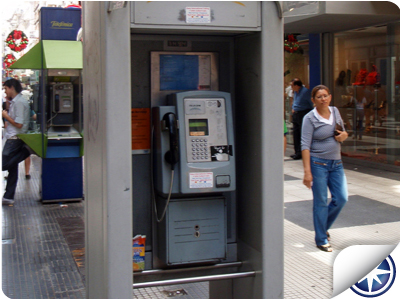
The metric system is used (Kilograms, Kilometers and Liters) and Electricity is 220 volts, 50 Hz. Power outlets are with 2 cylindrical or 2 flat holes with ground connection. If you need to plug in your laptop that works with both 110 and 220 volts, you can buy an adapter in any electricity store for $8 or $10 Argentinean pesos.

No vaccination is required to visit the city and public water is reliable and drinkable. In some tourist places you can find clean public toilets and sometimes you must tip the person in charge to get toilet paper. Public hospitals are available for tourists and free of charge. Local physicians are reliable and recognized worldwide, and ambulance emergency service is also free by dialing 107. For further information visit Health Services and Public Hospitals in Buenos Aires.
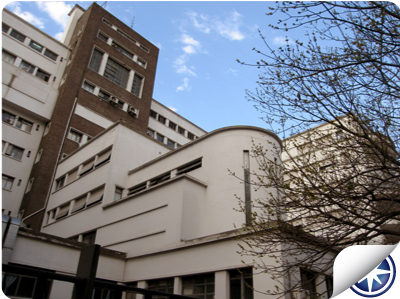
Buenos Aires is a safe city, but dont forget the basic precautions to avoid a bad experience as any other capital in the world. Remember that Latin American countries have big social differences and even if you are wondering around fancy neighborhoods with well dressed people, there is also a high percent of the population in less favorable conditions. Protect your personal belongings at any popular tourist destinations, where pickpockets often take advantage of distracting landmarks to relieve travelers of their wallets, passports and cameras. This also holds true in crowded subways and busses. Only hold you camera in your hands when you are using it; stash it back in your bag or pocket in between photos as to not attract attention. Be careful with purses and backpacks while sitting at cafes or restaurants. These are prime spots for quick robberies, and try to tie your bags to the tables or chairs whenever possible. At night, limit the amount of cash you carry and always know exactly where you are going. Know which areas to avoid after sundown, such as La Boca, and try sticking with a larger group instead of walking the streets alone. Only use cabs labeled as "Radio Taxis," as these are known to be safer than independent drivers. If there are ever any problems, contact the Tourist Police Station at 4346-5748. You will get assistance in Spanish, English, Portuguese, Italian and French.

In spite of the great figures of Porteño people, Buenos Aires cuisine is far away from the world´s healthiest. It has the best of Europe mixed with their Gaucho routes and their irresistible recipes high on proteins are the temptation of any tourist and almost a nightmare for vegetarians. Vegetables and fruits are available but usually more expensive and less popular than meat. Grilled meat like the asado is the staple of their diet. Steak is the specialty, but pastas, pizzas and empanadas are also part of their Italian heritage. Their favorite drink is a traditional infusion prepared with Yerba Mate, a bitter herb that contains stimulants similar to caffeine. This is often combined with baked doughnut-like pastries of German origin called facturas.

Buenos Aires cultural diversity is evident in the people s faces, manners and habits. This versatility is product of government encouragement to European immigration during the 18th century, which brought mainly Spanish, Italian British, Jewish and German settlers, among other ethnic groups. This all together shaped the Porteño idiosyncrasy represented by the tango, and opened the door to many years of prosperity and wealth in the city, as well as in the regions around.
